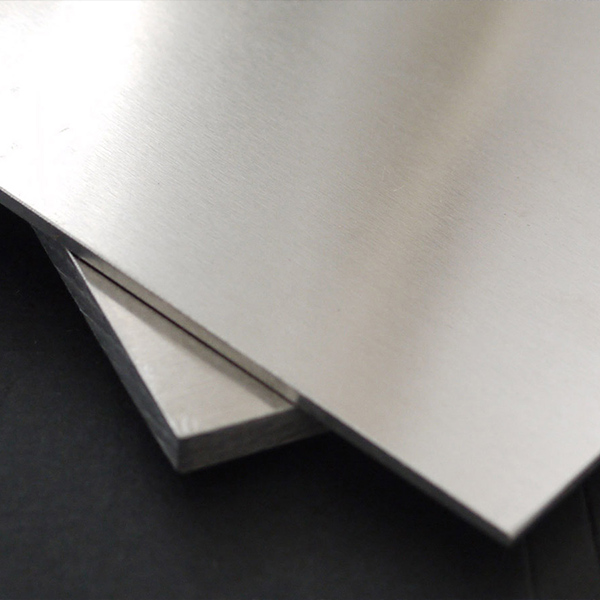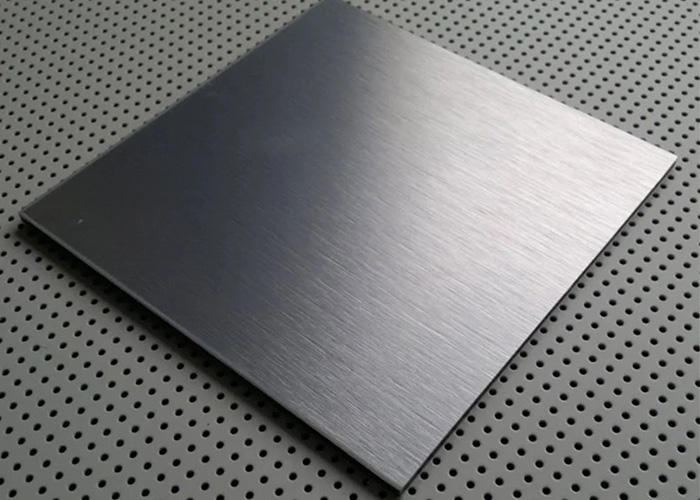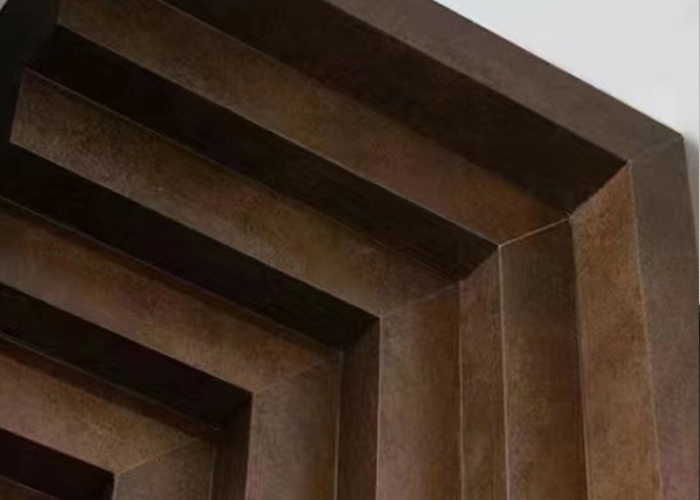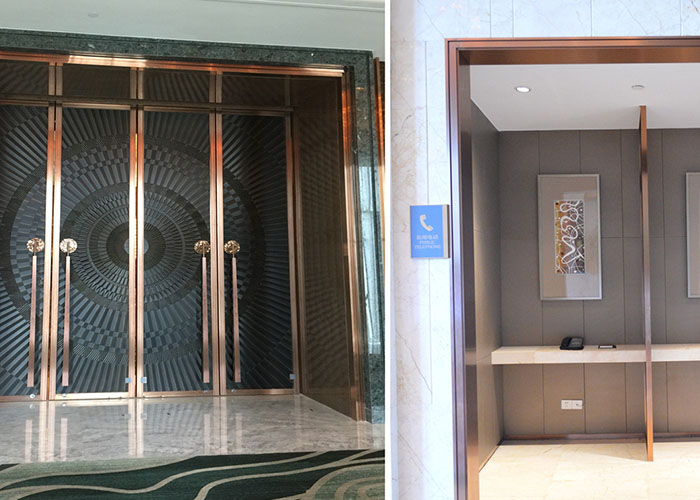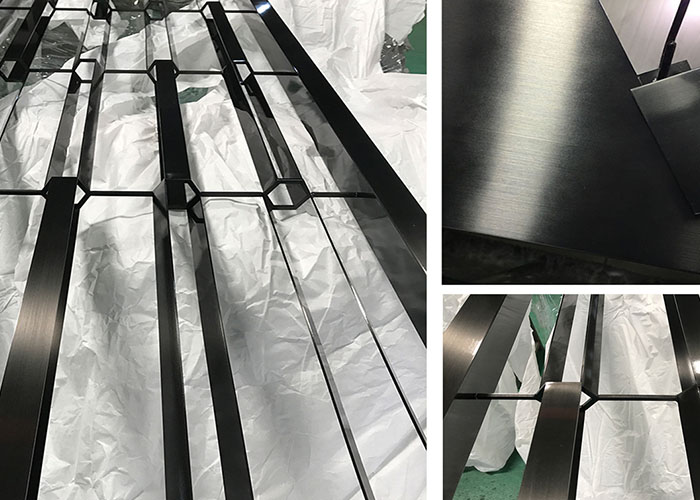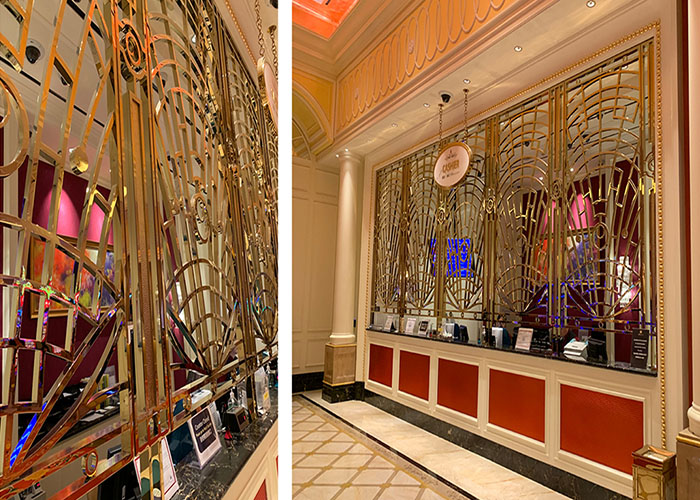We specialize in high-quality stainless steel (#304/#316), aluminum, bronze and brass. We utilize these versatile metals to create durable, beautiful decorative products for a variety of architectural applications.
Provides premium decorative and protective finishes, including advanced PVD coatings and anti-fingerprint treatments. Enhance your metal products with versatile, durable and beautiful surfaces.
Providing integrated metal solutions for complex projects. Our custom components of aluminum honeycomb composite panels can be seamlessly integrated with functional building systems, ensuring a perfect fit and aesthetic harmony for large installations.


